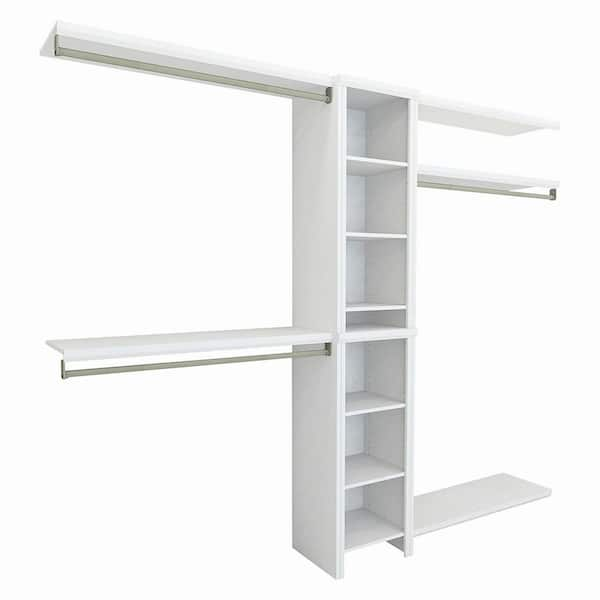
Impressions Basic 48 in. W - 112 in. W White Wood Closet System
$359.95

Pay $309.95 after $50 OFF your total qualifying purchase upon opening a new card. 
Apply for a Home Depot Consumer Card- Classic white finish blends flawlessly to match any decor
- System includes 8 shelves, 3 closet rods, and 5 top shelf kits
- Floor mount system fits closets 48 - 112 inches wide
- View More Details
Free & Easy Returns In Store or Online
Return this item within 90 days of purchase.
Customize Your Impressions Closet System
Select the size, color, & accessories























